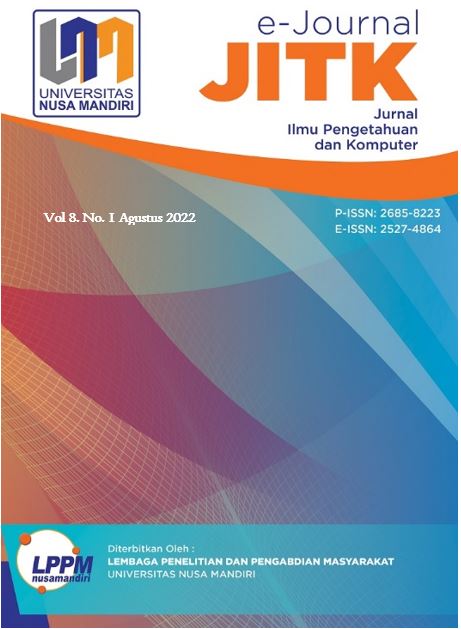IDENTIFY CHOLESTEROL DISEASE RISK LEVELS USING MULTIPLE LINEAR REGRESSION ALGORITHMS
DOI:
https://doi.org/10.33480/jitk.v8i1.3328Kata Kunci:
cholesterol disease, prediction, data mining, linear regression algorithms, RMSEAbstrak
Cholesterol is one of the fat compounds found in the bloodstream that are necessary for the formation of several hormones and new cell walls in the liver. Normal cholesterol levels in the human body are in the range of < 200 mg / dL. If cholesterol levels in the blood are abnormal or excessive, it can result in dangerous diseases such as heart disease or stroke. In this study, cholesterol disease prediction will be carried out using models formed from linear regression methods, so that the results of this study can be used as a reference for early prevention of cholesterol disease and become a means of decision making. Linear regression is one of the prediction methods in data mining that can be used to find out how dependent variables/criteria can be predicted through independent variables or predictor variables individually. In this study by utilizing some data of patients with cholesterol disease that has been stored in the database using several attributes, namely age, BMI, glucose, and cholesterol. So by applying a linear regression algorithm can be done a prediction in the identification of cholesterol diseases based on functional relationships on the attributes in the data. The results of this study showed an RMSE value of 0.347 with a standard deviation of /- 0.000. This shows that the model resulting from linear regression algorithms with the above cases is quite accurate.











-a.jpg)
-b.jpg)














